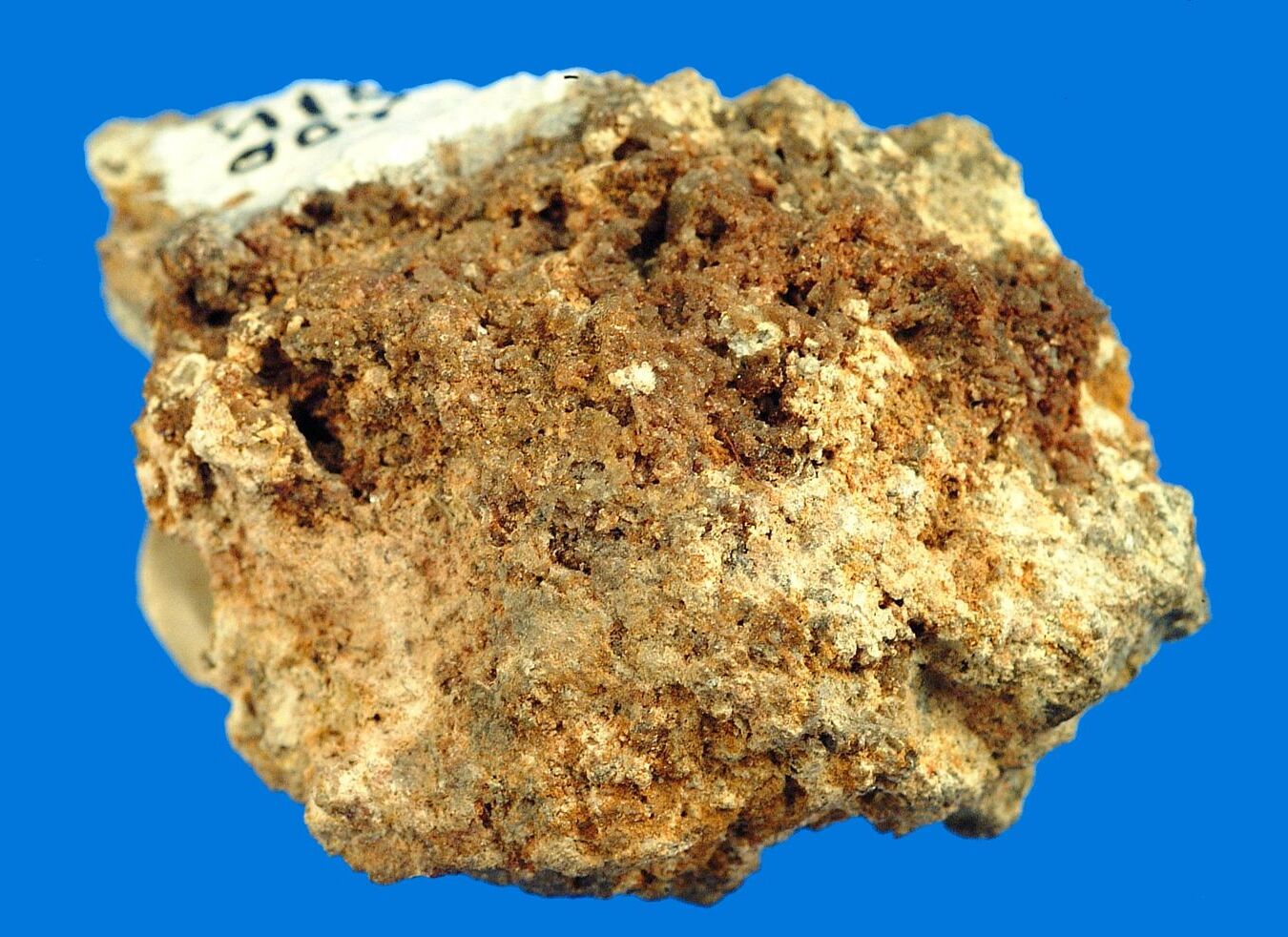
What is Bismite? Bismite, also known as bismuth oxide, is a naturally occurring mineral composed of bismuth and oxygen. Why is it important? This mineral is crucial in various industries due to its unique properties. Where is it found? Bismite can be found in hydrothermal veins and is often associated with other bismuth minerals. What are its uses? It's used in ceramics, glassmaking, and as a catalyst in chemical reactions. How does it look? Typically, bismite appears as a yellow to greenish-yellow powder. Is it rare? Yes, bismite is relatively rare, making it a valuable resource. Why should you care? Understanding bismite can help in appreciating its role in technology and industry.
Key Takeaways:
- Bismite, a mineral composed of bismuth and oxygen, has a rich history and diverse modern applications. It's used in glass, ceramics, electronics, and even in medical imaging, making it a versatile and valuable mineral.
- While bismite has fascinating properties and uses, it's important to handle it with care. It's non-toxic but can cause irritation if mishandled. Efforts are being made to develop sustainable methods for its extraction and processing to minimize environmental impacts.
What is Bismite?
Bismite, also known as bismuth oxide, is a fascinating mineral with unique properties. It has a rich history and various applications in different fields. Let's dive into some intriguing facts about this mineral.
- Bismite is primarily composed of bismuth and oxygen, giving it the chemical formula Bi2O3.
- It typically appears in a yellowish or greenish hue, making it easily recognizable.
- This mineral is often found in the oxidation zones of bismuth-bearing ore deposits.
- Bismite has a relatively high density, which is about 8.9 grams per cubic centimeter.
- It is known for its high refractive index, which means it bends light more than many other minerals.
- The mineral has a melting point of approximately 817 degrees Celsius.
- Bismite is insoluble in water, making it stable in various environmental conditions.
- It can be synthesized in laboratories for various industrial applications.
- This mineral is used in the production of certain types of glass and ceramics.
- Bismite plays a role in the manufacturing of fire retardants due to its thermal stability.
Historical Significance of Bismite
Bismite has been known and utilized for centuries. Its unique properties have made it valuable in various historical contexts.
- Ancient civilizations used bismuth compounds, including bismite, in cosmetics and medicinal preparations.
- During the Middle Ages, bismuth was often mistaken for lead or tin due to its similar appearance.
- Alchemists in the Renaissance period experimented with bismite, believing it had mystical properties.
- In the 18th century, bismuth was recognized as a distinct element, separate from lead and tin.
- Bismite was used in early metallurgy to create alloys with unique properties.
- The mineral has been studied extensively since the 19th century for its potential applications in various industries.
Modern Applications of Bismite
Today, bismite is used in a wide range of modern technologies and industries. Its unique characteristics make it valuable in several applications.
- Bismite is used in the production of semiconductors, which are essential components in electronic devices.
- It is also utilized in the creation of catalysts for chemical reactions.
- The mineral is employed in the manufacturing of pigments for paints and coatings.
- Bismite is used in the production of certain types of batteries, including lithium-ion batteries.
- It plays a role in the creation of superconductors, which are materials that can conduct electricity without resistance.
- The mineral is used in the development of optical coatings for lenses and mirrors.
- Bismite is also employed in the production of certain types of sensors and detectors.
- It is used in the creation of nanomaterials, which have applications in various fields, including medicine and electronics.
- The mineral is utilized in the production of certain types of glass, including lead-free glass.
Environmental and Health Aspects of Bismite
While bismite has many beneficial uses, it is important to consider its environmental and health impacts.
- Bismite is generally considered to be non-toxic, but it can cause irritation if inhaled or ingested in large quantities.
- The mineral is not classified as a hazardous material, making it relatively safe to handle.
- Bismite can be recycled and reused in various industrial processes.
- It is important to properly dispose of bismite-containing materials to prevent environmental contamination.
- The mining and processing of bismite can have environmental impacts, including habitat destruction and water pollution.
- Efforts are being made to develop more sustainable methods for extracting and processing bismite.
Interesting Facts about Bismite
Here are some additional intriguing facts about bismite that highlight its unique properties and uses.
- Bismite has a monoclinic crystal structure, which means its crystals are shaped like skewed rectangles.
- The mineral can exhibit different colors depending on its purity and the presence of impurities.
- Bismite is sometimes used in the creation of decorative items, such as jewelry and ornaments.
- The mineral has been studied for its potential use in medical imaging and radiation therapy.
Bismite: A Hidden Gem in the World of Minerals
Bismite, a lesser-known mineral, holds a unique place in the world of geology. Its striking yellow-green color and rarity make it a fascinating subject for mineral enthusiasts. Found primarily in hydrothermal veins, bismite is often associated with other bismuth minerals. Despite its obscurity, it plays a crucial role in the study of mineral formation and geological processes.
Understanding bismite's properties and formation can provide valuable insights into the Earth's history. Its presence in various locations worldwide highlights the diverse geological environments where it forms. Collectors and researchers alike appreciate bismite for its beauty and scientific significance.
In the grand scheme of things, bismite may not be as well-known as other minerals, but its unique characteristics and contributions to geology make it a hidden gem worth exploring. Whether you're a seasoned geologist or a curious novice, bismite offers a glimpse into the intricate world of minerals.
Frequently Asked Questions
Was this page helpful?
Our commitment to delivering trustworthy and engaging content is at the heart of what we do. Each fact on our site is contributed by real users like you, bringing a wealth of diverse insights and information. To ensure the highest standards of accuracy and reliability, our dedicated editors meticulously review each submission. This process guarantees that the facts we share are not only fascinating but also credible. Trust in our commitment to quality and authenticity as you explore and learn with us.


